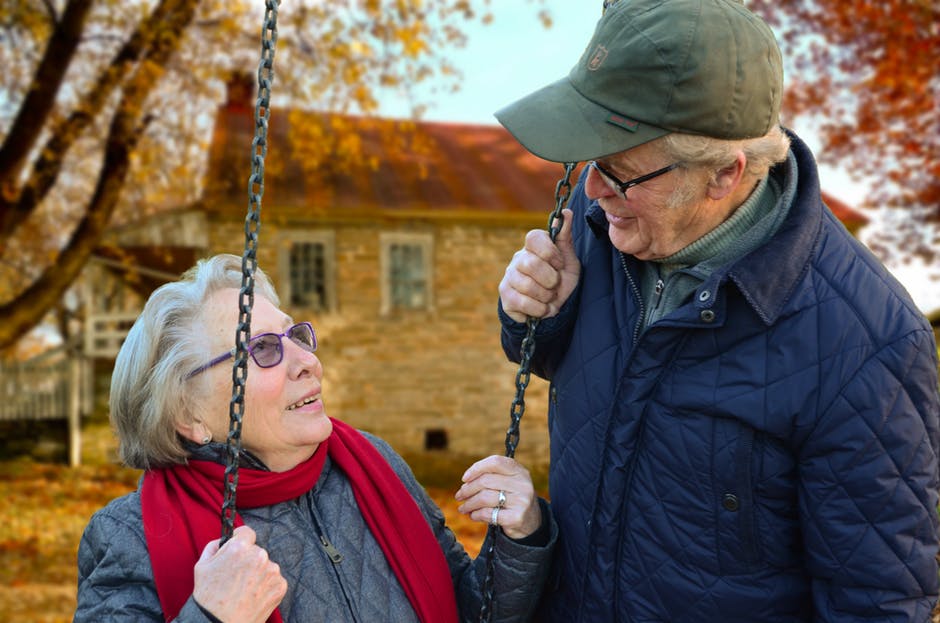While most of us think everything gets boring as we grow old, life after retirement is actually a new journey to begin. Part of this journey is planning for retirement. And part of the planning is to look for a satisfactory place to spend the later part of the years.
Many seniors are going through several adjustments after moving to a smaller retirement home from living with a large family. Study says more than 60% of retired couples would rather stay in their current home during post-retirement years because it’s comfortable, the house is yours, and it’s simply home. However, staying in a large family home can eventually cost an arm and a leg. This even makes it difficult to spend the golden years in place especially when housing expenditures include taxes, insurance, maintenance, and utilities.
If the thought of moving to a retirement community or nursing home for the elderly do not really excite you, seniors can opt to downsize their current home’s floor plans instead.
Downsizing to a smaller home prior to retirement can have many advantages. These include cost reduction and the address of mobility, given smaller and fewer steps provide convenience to the elderly. Whether you decided to relocate or proceed to downsize, make sure the following factors have a high place on your checklist. Do not forget to consult reputable project home builders that can turn your dream retirement home into a reality.
Single-level Floor Plans
Walking up and down stairs becomes a huge challenge as people age. Hence, the first demand is not having any stairs. Even bungalows with a single step up or down, such as sunken kitchens or bathrooms, can cause potential pitfalls. Or, they can act as barriers when you are using a wheelchair. Should you want to keep your multi-storey house in place, you must consider an elevator or a stairlift wheelchair to make climbing easier.
Slip Resistance
Seniors who suffer from osteoporosis are more prone to slips and pitfalls. Take note that falling can have dire consequences for the elderly. They could result from minor injuries (scratches and bruises) to more serious cases (head trauma and hip fractures). As a fall prevention strategy, provide slip-resistant materials on floor surfaces. Also, address the grab bars in the shower and other parts of the house where spills are likely to happen.
Twist-free Faucets
Having a weak grip to objects is another normal ageing problem. With diseases like osteoarthritis or rheumatoid arthritis and medical conditions such as nerve damage in the hands or wrists, it is very important for retirement homes to include features that can provide convenience to retirees. These include easy-to-grip items such as twist-free faucets and lever door handles where handgrip and opening becomes a difficulty.
Open Floor Plan
This factor is necessary for seniors in wheelchairs. They will need some wide-open spaces with fewer twisting halls for easy manoeuvring around the house. All transitional areas should be wide enough to accommodate wheelchair movement including corridos and walk-in tubs. A studio-type or combined kitchen/dining/living area is much easier for elderlies in wheelchairs to navigate.
Remote Control for Blinds, Windows, and other Appliances
Motorised appliances and home accessories can have incredible benefits to seniors and persons with disability. These days, you can find an extraordinary assortment of motorised blinds, windows, and other appliances, operated by remote control. So, you won’t have to manually operate these items from time to time. Getting up to adjust the blinds or open the window is not always a simple task for seniors. Thanks to the innovation of technology at home! With motorised home treatments and appliances, you can easily open and close at a simple click of a button.
 Retirement Home Checklist: Things To Look For In A Perfect Home To Age In
Retirement Home Checklist: Things To Look For In A Perfect Home To Age In

.jpg)









Recent Comments